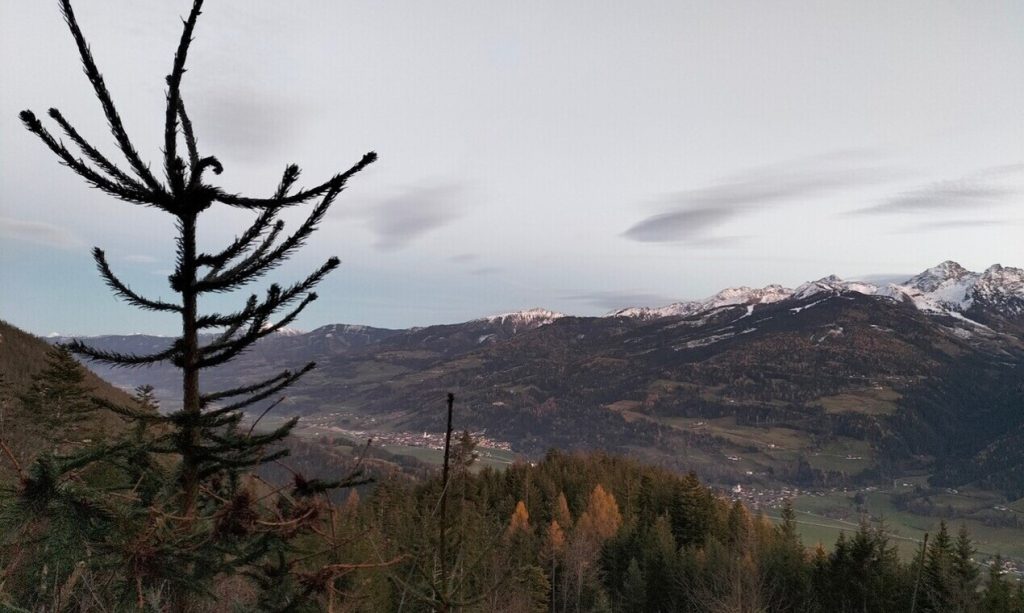Even though ancient, the art of tracking is still incredibly valuable in our everyday life.
Reading tracks (and signs, although sometimes microscopic) of men, animals and vehicles allow us not only to collect essential data to reconstruct why, when, and where something happened, but also to reinforce our situational awareness and, consequentially, to avoid mishaps, pitfalls or—even worse—dangers we may run across.
The benefits related to the use of this art vary from a functional application to law enforcement (specifically, border patrol units who use it daily during the detection of any illegal infiltration), forensics (in order to recreate what exactly happened inside the crime scene), and wildlife conservation, not to mention search and rescue. Teams that can count on the presence of trained trackers have demonstrated a larger success in finding missing subjects.
The application of tracking can be successfully combined with the capability to collect data even in an urban environment.
From the Great Outdoors to Cities
Each track has a specific story, no matter which substrate it has been left upon. It is the evidence that someone (or something) has passed.
The art of reading tracks is actually mostly related to any Outdoor scenario, preferably not so much contaminated by the presence of other tracks.
This should make things easier, as this skill is very difficult to master. Many times my students interrogate me on how challenging—even impossible—tracking is in urban areas due to the ubiquitous presence of concrete, asphalt, tar and tile.
The absence of a real, natural soil sounds like an impossible obstacle to overcome, but it isn’t. The art of tracking teaches us where to look and how to do that. We just must become familiar with the substrate that is there and all the clues we can collect from it.
What we are required to do is to take advantage of any clue we can collect and analyze it.
When it comes to tracking in a city, these clues can be footprints left inside a public garden or park, transfer of tracks that stepped on any liquid substance, and, of course, trash.
Tracking and Situational Awareness
Far from being dead, this art (often described as “science”) can bring noticeable benefits in our ordinary lives too, since it is extremely powerful and available at our own convenience. I didn’t use this adjective by chance: being a tracker, in fact, means to grow, to develop and to gain (especially in tough times) a specific mindset which is founded on –
CONSISTENCY
FUNCTIONALITY
PREPARDNESS
Starting from a proper observation of the area the tracker finds him/herself in, he/she is able to collect precious detail from the ground, knowing how many persons, animals, and/or vehicles have passed, approximately when, and even noticing anything odd which could be missed by other eyes (and minds).
In the very same manner, the tracker is able to spot details on people others may miss: odd elements which could represent a threat.
Tracking, in fact, enables you to maintain a level of high alert on situations and people, especially in big cities. By observing the surroundings, in fact, we create a mental database on places we see, their structural features, and possible exit points. By observing people, we start the first step of profiling them, which can be extremely useful to forecast their intentions and to face their reactions.
Like a detective, the tracker puts the pieces of the puzzle together.
For example, a trackline in a narrowed and uncrowded alleyway in a city can raise your awareness about a potential threat. Maybe someone spotted you taking that direction and decided to anticipate you by hiding him/herself ahead.
The tracks, if fresh and pretty detectable, indicate to you the direction of travel. You can apply the same principle to tire tread evidence.
Conclusion
Developing an inquisitive mind is one the requirements to become proficient at this art.
The more you dedicate some of your spare time to this art, the faster you will master it.
Experience and constant dedication will assist you in the personal path of turning you into a good observer, helping you—even through the mistakes—to gain a solid situational awareness.

